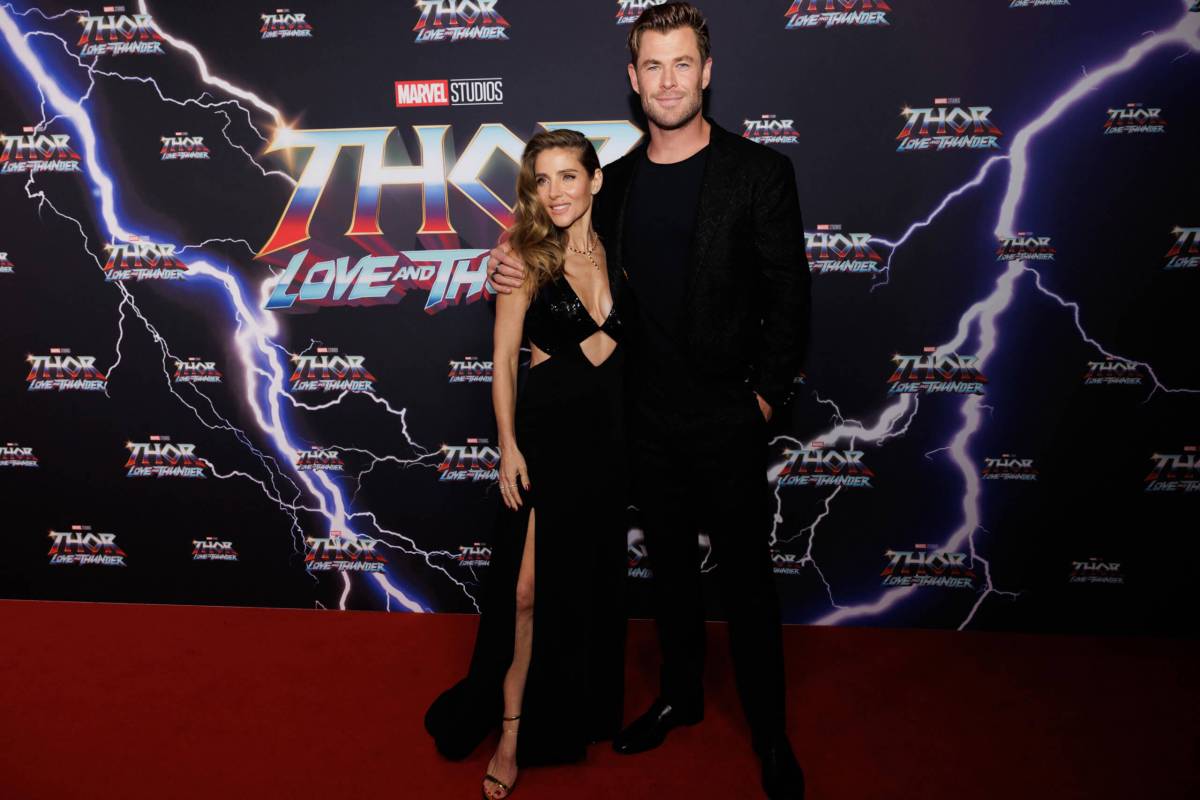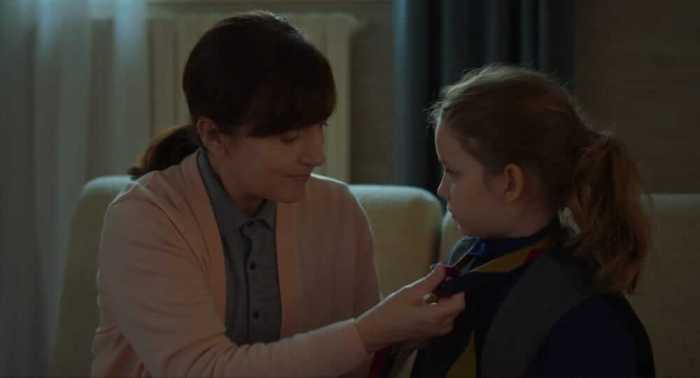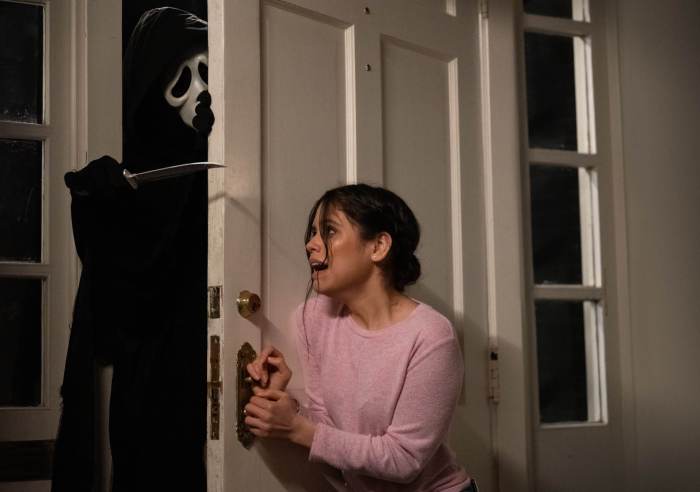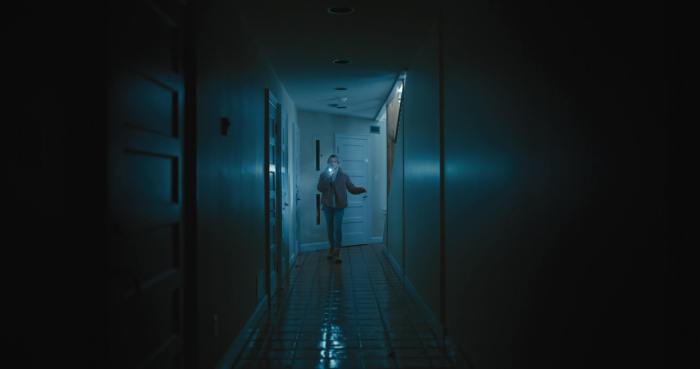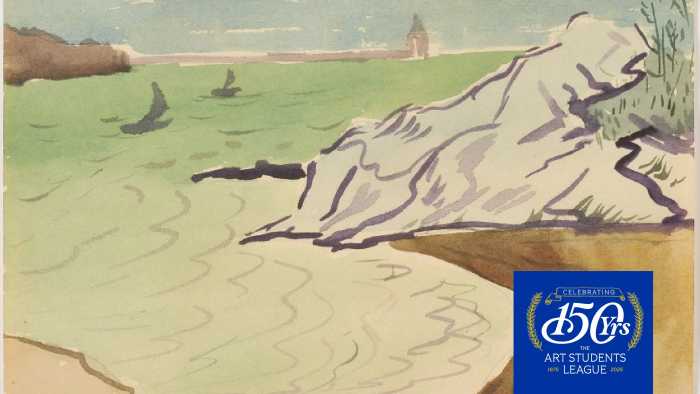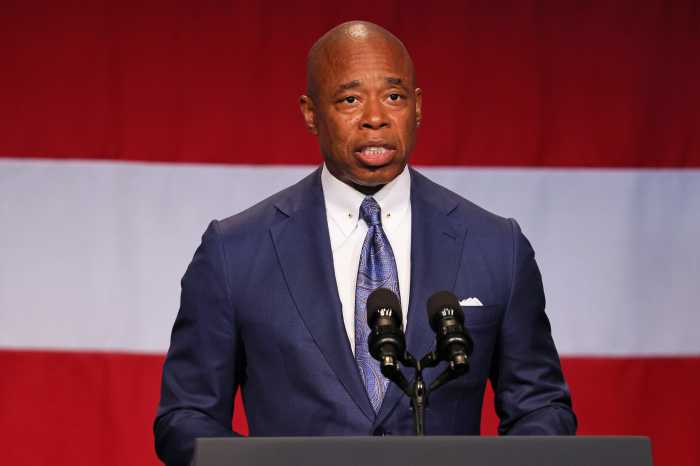“Thor: Love and Thunder” runs the titles “A Kevin Feige Production” and “A Taika Waititi Film” during the credits. It’s no accident that Feige, the president of Marvel Studios and producer of all MCU films, gets named first. If the MCU has a single auteur, it’s him. When Argentine director Lucrecia Martel met with Marvel about working for them, she was told she wouldn’t get to direct the action scenes. To Marvel fans, this corporate vision is genuinely exciting. But while I would not make great claims for Waititi as a director, “Thor: Love and Thunder” only faintly echoes the wit of his New Zealand-made comedies. It’s the kind of movie whose needle drops play like music industry product placement.
“Thor: Love and Thunder” begins without its title character (Chris Hemsworth), as Gorr (Christian Bale) and his daughter fight in a desert, leading to his death. Thor, hanging out with the Guardians of the Galaxy, is then summoned to New Asgard. His ex-girlfriend Jane Foster (Natalie Portman) is struggling with stage four cancer. Gorr kidnaps a group of children and takes them to a purgatorial realm. One is able to communicate to Thor and ask for help. Thor teams up with a group of gods, including Valkyrie (pansexual actor Tessa Thompson) to rescue them, traveling to Omnipotence City and battling Zeus (Russell Crowe).
At a press conference, Waititi claimed that “Thor: Love and Thunder” is “super gay.” This turns out to be far from the case. The film’s few moments of “representation” are designed as catch-them-if-you-can moments, easily overlooked by conservative audiences (and countries). When Valkyrie tells Thor “we’re on the same team,” it has a double meaning, suggesting they’re both attracted to the same woman. But the most she does onscreen is kiss another woman’s hand. The alien Korg (voiced by Waititi) acknowledges that he had two fathers. The homophobic activist group One Million Moms has attacked Disney, the owner of Marvel, for releasing the film, but the fact that they had to reach as far as a child having a gender-neutral name to fuel their fire shows how tame it really is.
MCU films, particularly after 2017, follow the same structure, down to the obligatory post-credit scene. They feel like feature-length seasons of a TV series, released every few months. No matter who the director is, they share a CGI-dominated sterility. Many look as though not a single scene was made without the use of greenscreen. Leaning into the fakeness of special effects and accepting you’re basically producing animation can produce great pop cinema, like trans directors Lana and Lilly Wachowski’s “Speed Racer” and the recent Indian blockbuster “RRR.” But Marvel’s desire to please every possible audience restraint prevents them from indulging that degree of excess.
Many critics have noted the bloodlessness and sexlessness of the MCU. “Thor: Love and Thunder” seems self-conscious about the latter, while doing little to change it; in an arena confrontation, Zeus magically tears off Thor’s clothes, and the reaction of the crowd suggests he’s quite well-endowed. The film audience gets a brief shot of Hemsworth’s ass. The MCU’s films carefully avoid giving any gravity to their violence. “Thor: Ragnarok” included a battle scene in which a city is strewn with dozens of corpses, their bodies belonging to faceless NPCs who exist as fodder for the heroes’ struggles. Although Thor lost an eye in “Thor: Ragnarok,” it’s back now. This is par for the course in PG-13 Hollywood films, but it’s hard to see how it’s ethically superior to bloodier explorations of the real impact of violence. “Thor: Love and Thunder” makes some token stabs at using grief as a theme, but it’s scared to delve far into them. Any emotion, including Jane’s struggle with cancer, is simply treated as motivation for Thor. Even in the context of a light-hearted superhero movie, it’s possible to do more.
Maybe Waititi’s “so gay” remark can be seen differently. “Thor: Ragnarok” cut out a scene where Valkyrie’s female lover was shown leaving her apartment. Although the director said “we should just had Valkyrie come out and kiss her,” he doesn’t change things up much here. However, “Thor: Ragnarok” was the campiest of the MCU films, showing Waititi’s roots in comedy and introducing small touches of gender non-conformity. Jeff Goldblum’s Grandmaster, king of the planet Sakaar, sported eyeliner and a blue streak of makeup on his chin, while Valkyrie and a butch woman flanked him as guards. These two movies exude a theater-kid nerdiness. The play about Thor presented onstage in New Asgard within “Thor: Love and Thunder” doesn’t seem very different from the actual film, except that it features actors on visible wires. The expensive cinematography and post-production led to a vision that’s only pretty in the blandest possible way, with no signs of life.
Without the dominance of corporate IP and reliance on pre-existing characters, maybe we’d get a superhero film genuinely revolving around a queer woman and her relationships. In the meantime, Marvel pats itself on the back and expects us to buy their crumbs.
“Thor: Love and Thunder” | Directed by Taika Waititi | Marvel Studios | In theaters now

